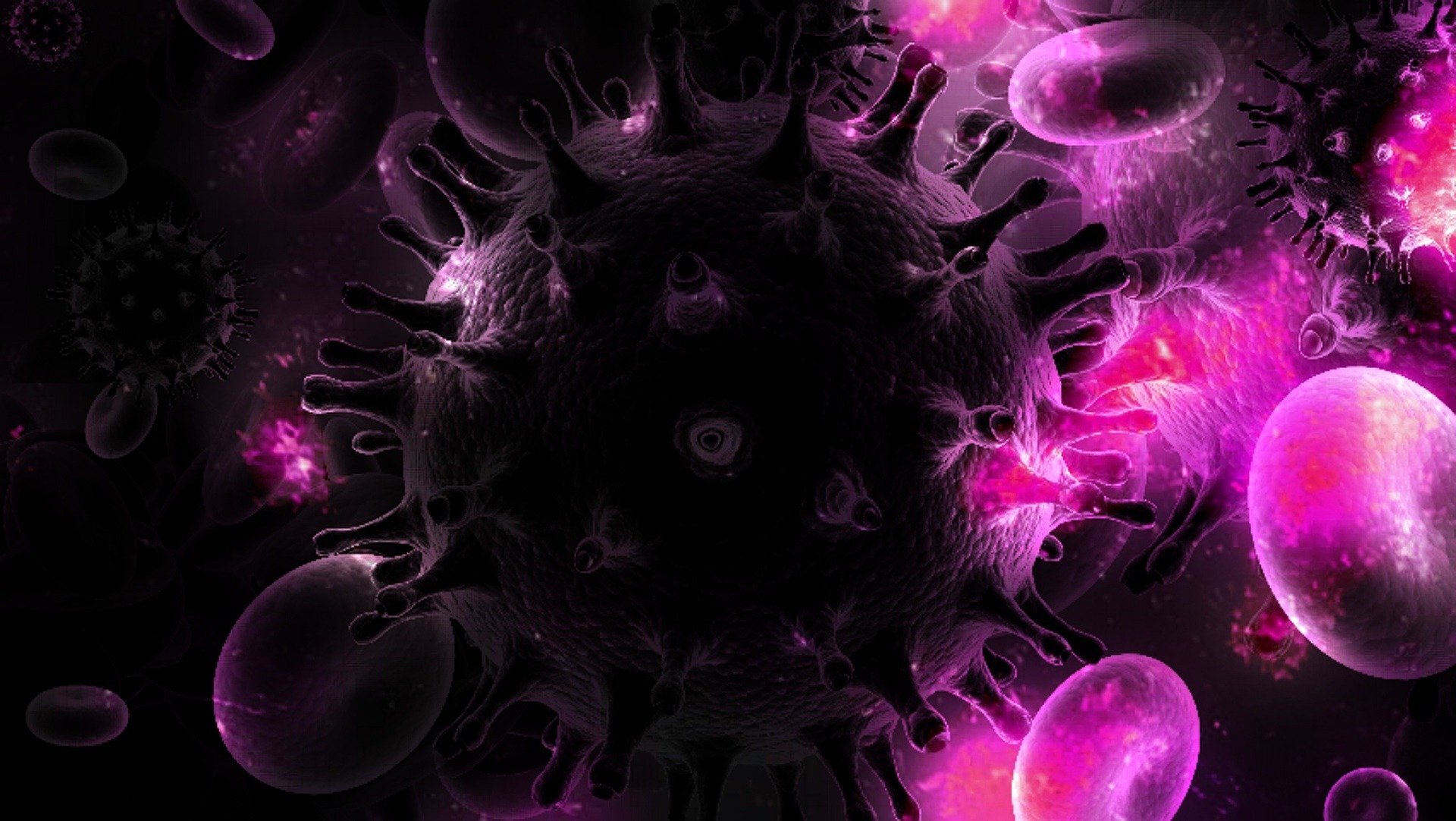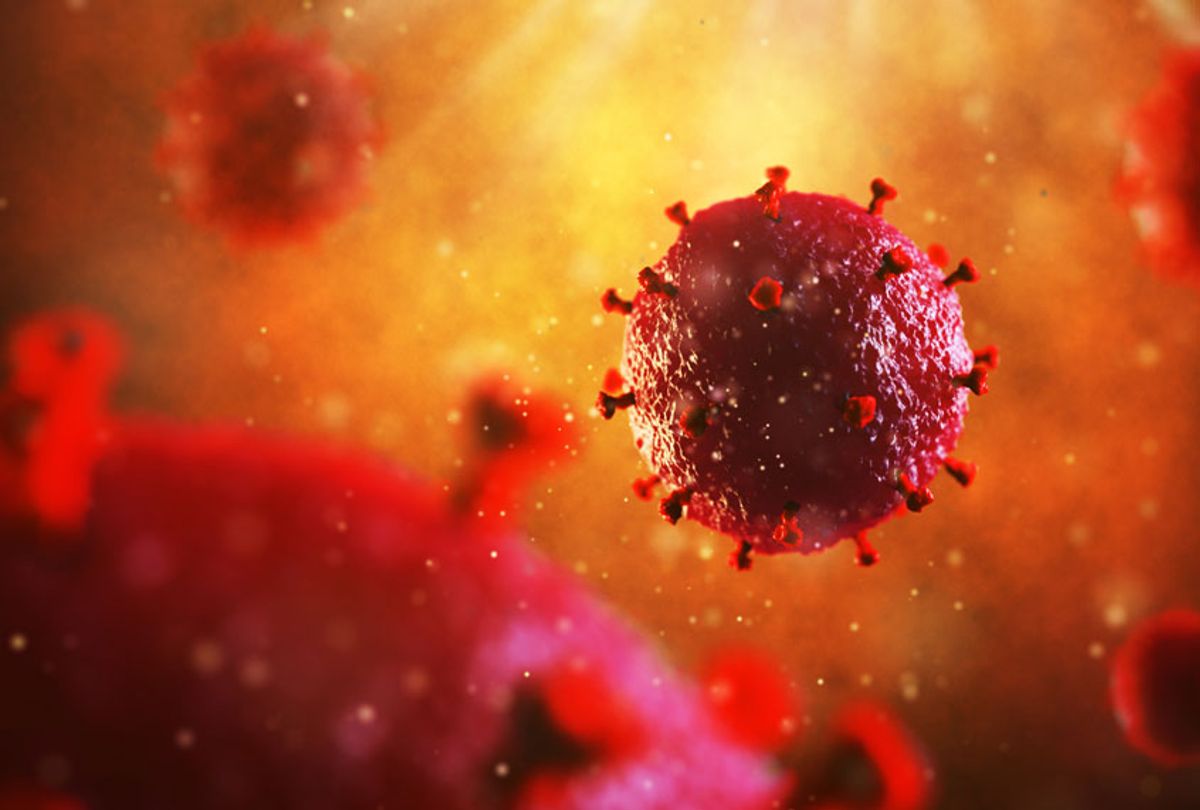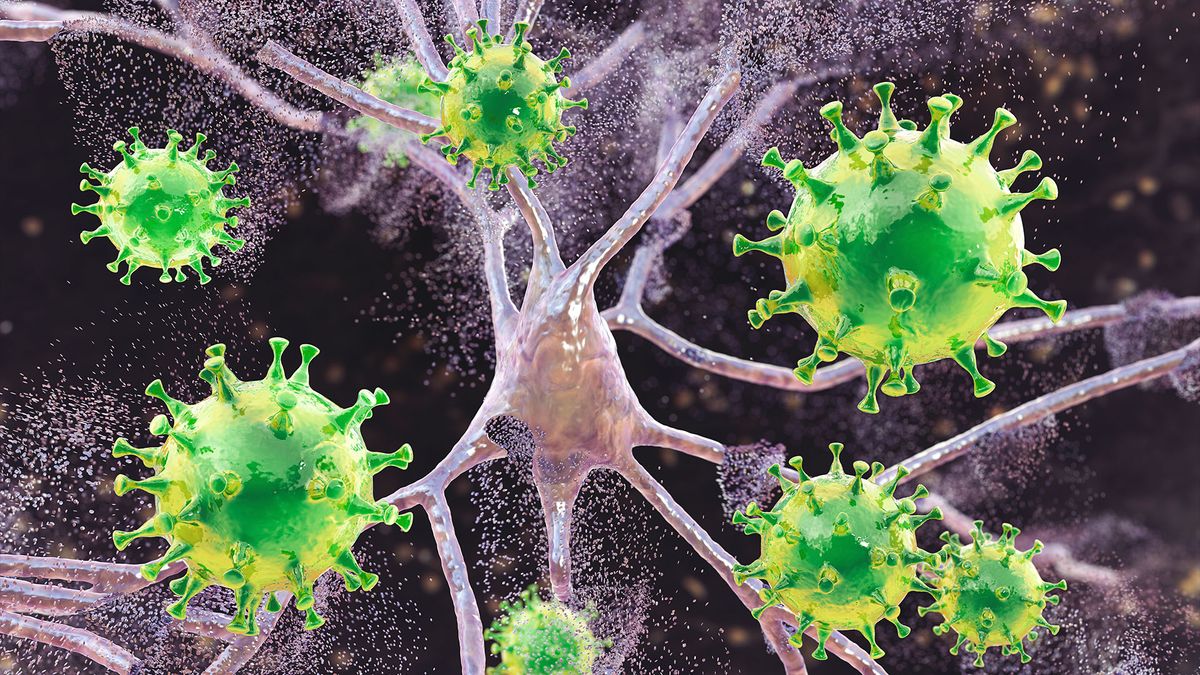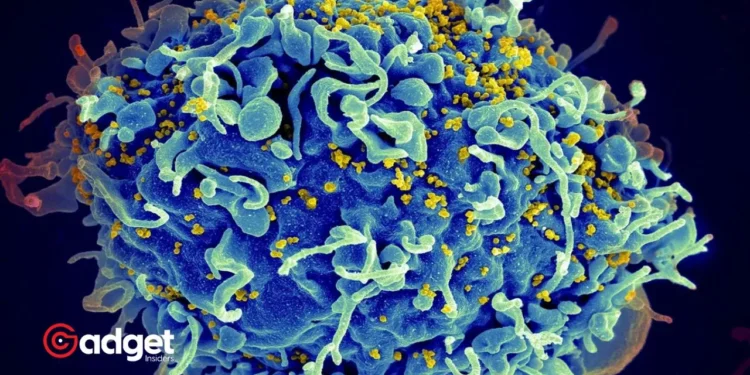In what can only be described as a groundbreaking achievement in the realm of medical science, researchers have taken a significant step towards what might be the beginning of the end for HIV. Through the innovative use of CRISPR gene editing technology, scientists have successfully excised segments of DNA associated with HIV from infected cells. This pioneering technique holds the promise of a future where HIV could be cured, rather than merely managed.

The Genesis of a Cure?
The University of Amsterdam has become the epicenter of a revolutionary study that might just alter the course of HIV treatment forever. Spearheaded by Elena Herrera Carrillo, the research team has unveiled a method that effectively removes traces of dormant HIV DNA from cell samples.
“These findings represent a pivotal advancement towards designing a cure strategy,” Carrillo excitedly notes. The process employs a sophisticated CRISPR attack, targeting the virus in various cells and potential hidden reservoirs, showcasing a tailored approach to eradicating the virus at its roots.

CRISPR: A Tool of Transformation
CRISPR technology, a marvel derived from bacteriophage DNA sequences, combined with the Cas9 enzyme, has been heralded for its ability to edit genes with precision. Its applications range from lowering cholesterol production in the human liver to restoring color vision and addressing sickle cell disease.
Carrillo and her team leveraged this technology to tackle dormant HIV DNA that could potentially reactivate, managing to neutralize the threat in immune cells cultured in a lab setting.
#HIV in cell culture can be completely eliminated using #CRISPR-Cas gene editing technology, increasing hopes of cure https://t.co/A01f4tonFV
— Medical Xpress (@medical_xpress) March 20, 2024
Challenges Ahead
Despite this success, numerous questions linger. The concern over dormant HIV-infected cells hiding in other body parts remains, along with the safety and efficacy of this approach in animals or humans.
James Dixon, an associate professor at the University of Nottingham specializing in gene therapy technologies, cautions, “Much more work will be needed to demonstrate results in these cell assays can happen in an entire body for a future therapy.”
Moreover, the risk of unintended consequences cannot be ignored. Jonathan Stoye, a virus expert at the Francis Crick Institute in London, voices concerns over potential off-target effects and long-term side effects of such treatments.
As the medical community stands on the precipice of this new frontier, the journey from proof of concept to routine therapy appears fraught with hurdles yet to be overcome.

A Beacon of Hope
Despite the challenges that lie ahead, the advancement offers a glimmer of hope in the long battle against HIV. As pharmaceutical companies like Excision BioTherapeutics explore similar CRISPR-based treatments, the potential for a cure becomes increasingly tangible.
However, with cautious optimism, the scientific community acknowledges the lengthy path to ensuring such therapies are safe, effective, and accessible.
As we stand at the cusp of potentially eradicating one of the most devastating viruses known to humanity, the perseverance and ingenuity of researchers continue to fuel the quest for a cure. The journey is far from over, but the promise of a world free from the shadow of HIV grows ever more plausible, thanks to the marvels of gene editing technology.










